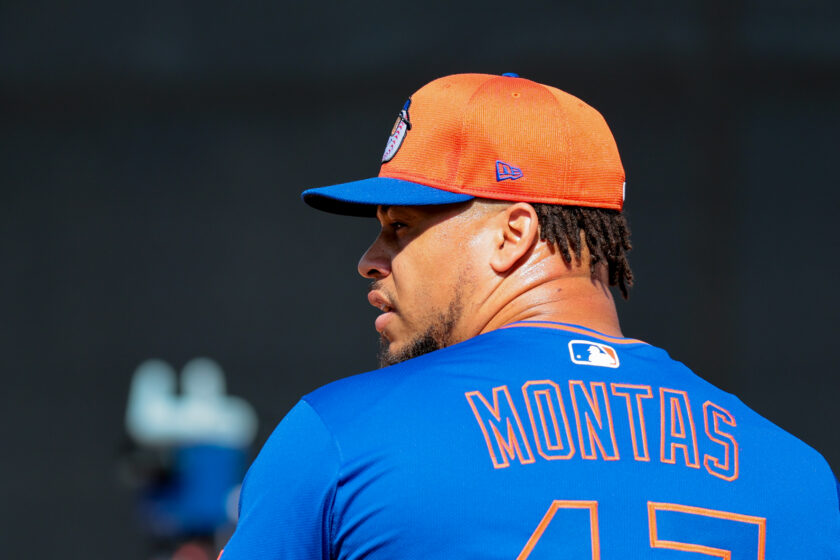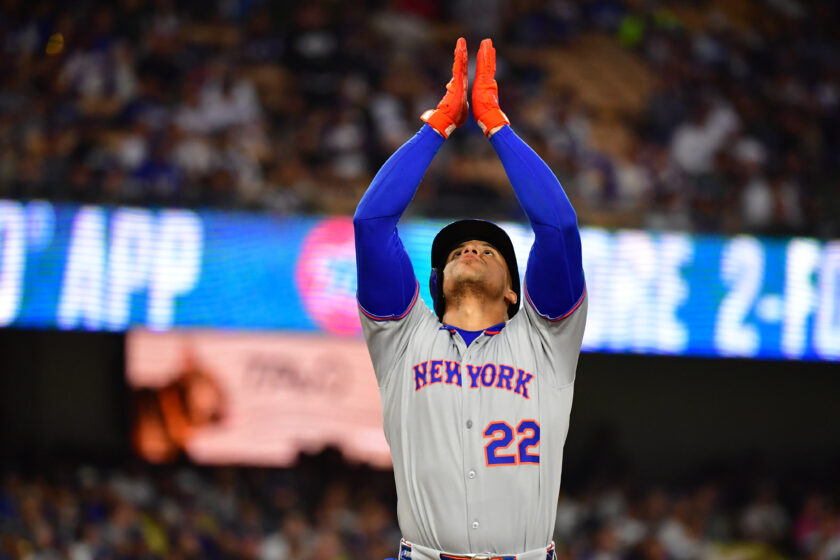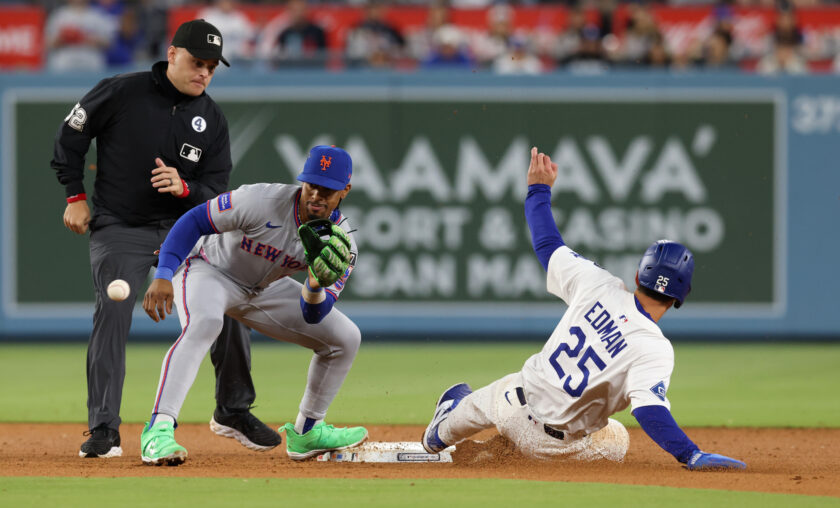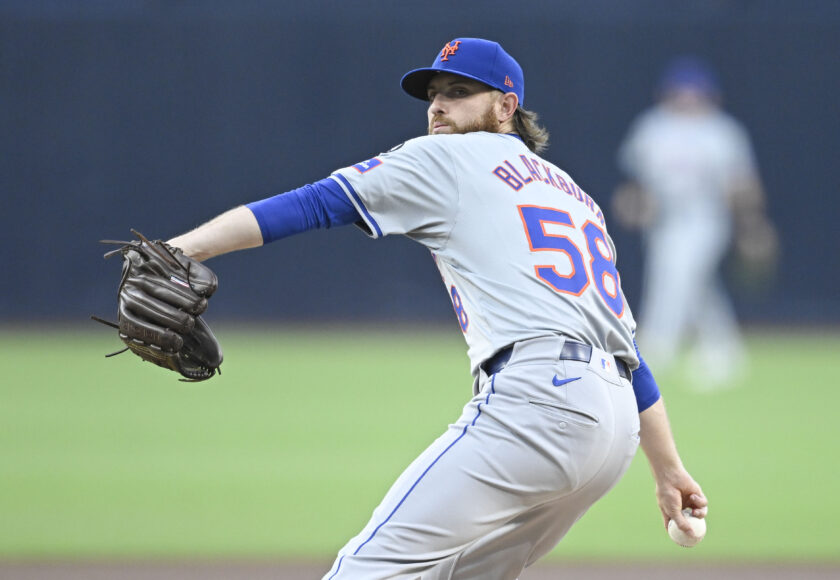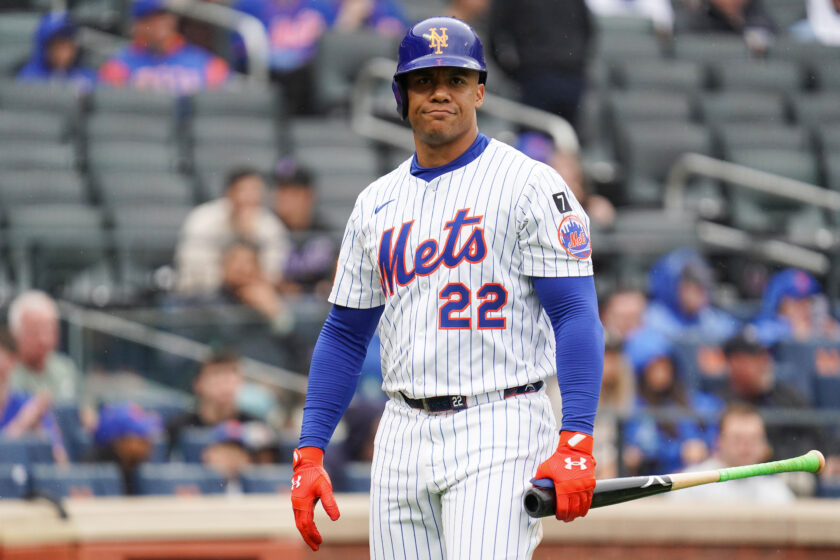New York Mets: Moving Zack Wheeler to the bullpen the best move
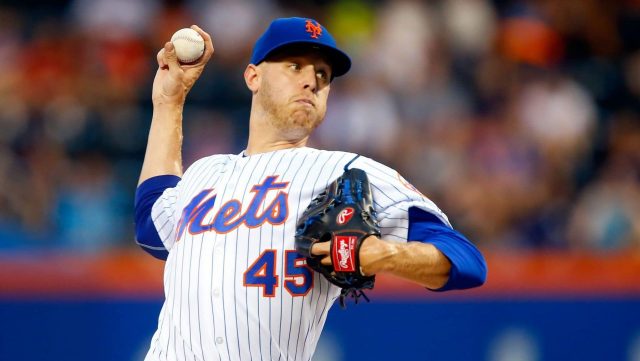
The New York Mets have six starters and only five spots in the rotation. Here’s a different solution to two problems.
As quickly as a line drive back to the box, many in the New York Mets stratosphere seemed to proclaim the solution to the Mets rotation conundrum when Jason Vargas was hit on the right hand by a comebacker and needed surgery.
On the surface, it would seem the obvious solution is to plug in both Steven Matz and Zack Wheeler behind Noah Syndergaard, Jacob deGrom and Matt Harvey.
Not so fast.
Manager Mickey Callaway is expected to lean on his bullpen heavily, as only deGrom threw 200 innings last season. Callaway has alluded to experimenting with using his late-inning relievers strategically and for multiple innings as opposed to using one closer.
Thus, the Mets need an assortment of arms at the ready, for multiple innings and situations if needed.
Relief pitching is a notoriously shaky business and right now the Mets are lacking a dominating late-inning reliever to compliment Jeurys Familia.
Enter Zack Wheeler.
Wheeler might indeed be the answer to Andrew Miller from the right side—a late-inning, hard-throwing, crossover reliever who can go multiple innings, as did Miller in Cleveland where Callaway cut his teeth as pitching coach.
His stuff has regained that electric quality at times this spring. He had pitched to a 1.80 ERA in his first five spring innings with eight K’s, but those outings were short. In his last spring appearance, he failed to go beyond the second inning, giving up five runs on seven hits in two innings and looked lethargic.
Stuff isn’t the problem for Zack Wheeler, it’s consistency and stamina.
Even if one were to disregard the excess of starting pitching the Mets are blessed with—assuming Vargas can answer the call soon after the regular season begins—the best use of assets at hand is to go with Wheeler in the bullpen.
He just profiles better as a late-inning reliever.
While Wheeler is hardly considered a prospect anymore, he has never dominated as a starter due to his control. Wheeler has always been a four-pitch pitcher who has trouble controlling his offspeed offerings.
A move to the bullpen would permit him to change his repertoire. Wheeler would be allowed to throw his hard fastball and sinker most of the time and mix in an occasional curveball or slider to keep hitters honest.
It would also him to eliminate his infrequently used changeup, which he has never mastered. This would allow Wheeler to concentrate on controlling a smaller array of pitches for strikes.
Always a hard thrower, even after surgery, short one-or-two-inning stints would allow him to max-out and just throw fire. It is what Wheeler does best. Even last year when he struggled he had a K-rate of 21.9 percent and averaged close to a strikeout per inning, striking out 81 batters in his 86 innings.
After missing both 2015 and 2016 recovering from Tommy John surgery, Wheeler has thrown just 87 total innings over the last three years as his 2017 season was again cut short by arm troubles. Even if he were handed a starting role, Wheeler would most certainly not be allowed to take the ball for an entire slate of starts.
He would definately be skipped at times and be on a innings limit. Putting him in the pen would allow him to pitch a full season, assuming he can pitch on back-to-back days and take the ball when needed.
Wheeler is also notorious for tiring as he goes on in games.
His K-rate progressively went down while his walk each time he went through the order in 2017, from 10.29 to 8.04 his second time though the order, 5.45 his third time through while he failed to strike out a batter the few times he faced a lineup for a fourth time.
His xFIP showed a similar pattern, from 3.79, 4.28, 5.45 and 8.49. Likewise, his batting average against and WHIP both progressively rise as the game goes on.
Clearly, he loses energy and bite on his pitches as the game progresses, especially post-surgery. While the numbers aren’t as stark when he was at his best in 2014, he was still at his best the first time through the order. His K-rate was higher by two whiffs and xFIP at its lowest by a full run his first time through the order.
The numbers are clear— he is at his best when he first takes the mound.
Mickey Callaway has said he wants to use his relievers situationally, possibly for multiple innings. Pitching Wheeler in two-inning stints with days off would allow him rest, and Wheeler is used to sitting and coming back out for a second inning of work.
Wheeler would thrive with a trimmed arsenal while maxing out. It solves a problem while maximizing assets.
The Mets need help in the pen
Addison Reed is in Minnesota.
Anthony Swarzak had a wonderful season last year, earning him a two-year deal from the Mets. Last year he struck out 91 batters in 77 innings. That said he is no sure bet to succeed.
In 2014 he had a 4.60 ERA, in 2015 he was released mid-year by Cleveland and in 2016 he had a 5.52 ERA while giving up 10 HR in 31 innings with the Yankees, before his breakout 2017 with Chicago and Milwaukee.
Jerry Blevins has been wonderful the last two seasons, even when asked to take on a larger role, but is best used to get left-handed hitters out. In an ideal bullpen universe, he is best suited as a LOOGY.
AJ Ramos, who the Mets might ask to pitch multiple innings late in games, has not pitched more innings than appearances since 2013.
Last year, Ramos pitched to a combined 3.99 ERA with a 4.10 FIP. The last two seasons he has had baserunners all over the place with WHIPS higher than 1.3 in both 2016 (1.36) and 2017 (1.42) as he is often plagued with control problems.
With a four-pitch mix including a 10-5 curve and a fastball that sits at about 89 m.p.h. he can look unhittable at times. While he has a high K-rate Ramos is not a dominating late inning fireballer by any stretch.
[sc name=”Mets Center”]Even Familia, with his bowering sinker and dominant closing credentials, is coming off an injury-plagued 2017.
There is also precedent for Met arms moving to the bullpen. Familia, Jenrry Mejia and Bobby Parnell all came into their own after being converted from starters to short man after stints as Major League starters.
While on the surface it looks like the Vargas injury made the rotation a no-brainer it is far from the case. The best move for the Mets would be to maximize off-days, or even use Gsellman and wait for Vargas’ return while grooming Wheeler as the dominating late-inning reliever they are obviously missing.
Wheeler in the bullpen might just give the Mets where they want to go—into October.
[sc name=”Mets Link Next” link=”https://elitesportsny.com/2018/03/22/new-york-mets-lets-play-over-under-with-starting-pitching/” text=”Let’s Play Over/Under With Mets’ Rotation” ]Joshua Casper is a New York based Sportswriter who has written for both local and national publications. He also has broadcasting experience with MSG Networks and has worked in sports media relations. Mr. Casper resides in Brooklyn, NY.


